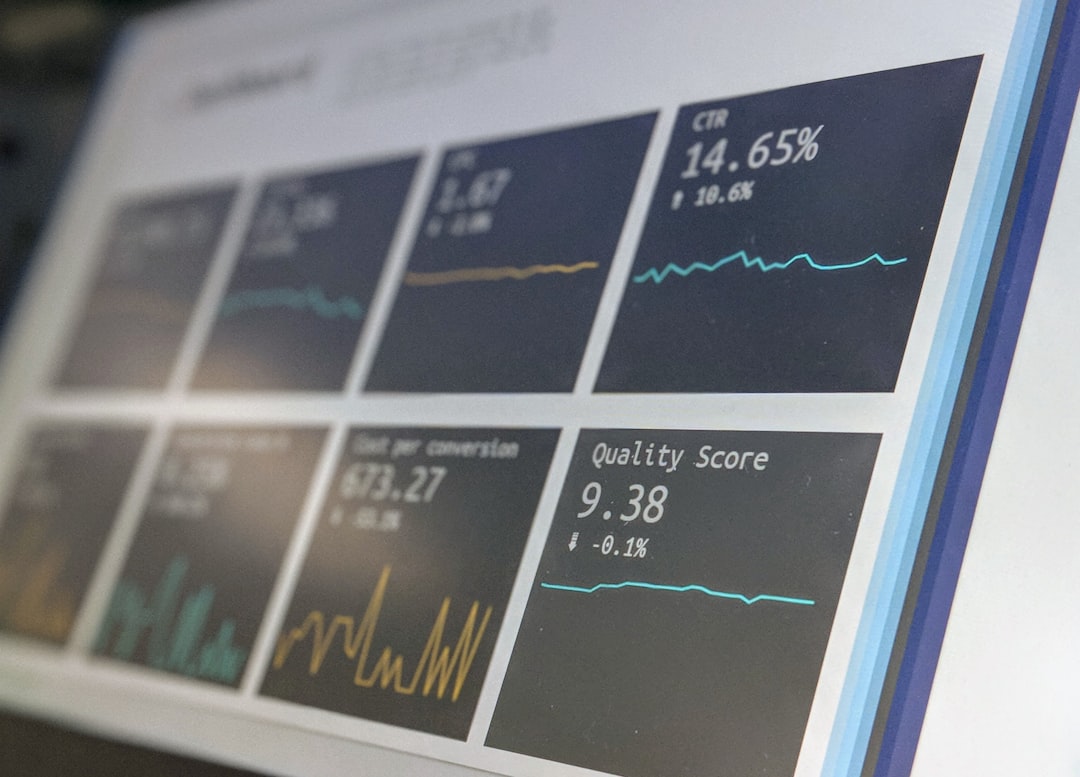ANOVA is a powerful tool used to analyze the differences between groups of data. It is used to compare the means of two or more groups of data and determine whether the differences between the groups are significant. ANOVA is a variation of the t-test and can be used to test the difference between two or more independent groups or to test the difference between a single group and a control group.
ANOVA is a relatively robust procedure and is not influenced by outliers or minor departures from the norm. However, it is important to ensure that the data meet the assumptions of ANOVA before conducting the analysis.
What is the analysis of variance?
ANOVA is a powerful tool used to analyze the differences between group means. It can be used to compare the means of two or more groups, or to compare a group mean to a theoretical value. The analysis of variance is a hypothesis test, which means that it allows us to make a statement about the probability of the difference between the group means being due to chance. The ANOVA test is used to compare the means of two or more groups. The test can be used to compare a group mean to a theoretical value, or to compare the means of two or more groups.
When the ANOVA test is used to compare the means of two groups, the null hypothesis is that there is no difference between the two groups. The alternative hypothesis is that there is a difference between the two groups. The test statistic is the F-statistic. The F-statistic is a measure of the degree of difference between the group means. The F-statistic is calculated by dividing the variance of the group means by the variance of the null hypothesis.
What are the types of ANOVA?
ANOVA is a statistical tool used to analyze the differences between the means of two or more groups. There are three main types of ANOVA: one-way ANOVA, two-way ANOVA, and three-way ANOVA.
One-way ANOVA is used to compare the means of two or more groups that are independent of each other. Two-way ANOVA is used to compare the means of two or more groups that are dependent on each other. Three-way ANOVA is used to compare the means of three or more groups that are dependent on each other.

ANOVA is a powerful tool that can be used to answer a variety of questions about the differences between the means of two or more groups. However, it is important to remember that ANOVA is not a perfect tool, and there are some limitations to its use.
One limitation of ANOVA is that it can only be used to compare the means of two or more groups. It cannot be used to compare the means of more than two groups.
Another limitation of ANOVA is that it is not always appropriate for all types of data. It is most appropriate for data that are normally distributed and homogeneous.
Despite its limitations, ANOVA is a powerful tool that can be used to answer a variety of questions about the differences between the means of two or more groups. When used correctly, it can provide valuable insights into the differences between groups.
What is the purpose of ANOVA?

ANOVA is a powerful statistical tool that is used to compare the means of three or more groups. It is used to determine if the means of the groups are statistically different from each other. ANOVA can also be used to determine if the groups are linearly related.
How to conduct an ANOVA
ANOVA is a powerful tool used to analyze the differences between groups of data. However, there are several limitations to consider when using ANOVA. One limitation is that the ANOVA test is only valid when the sample size is equal for all groups. Additionally, the ANOVA test is not appropriate for data that are not normally distributed. When these limitations are considered, it is important to use caution when interpreting the results of an ANOVA test.

Founder Dinis Guarda
IntelligentHQ Your New Business Network.
IntelligentHQ is a Business network and an expert source for finance, capital markets and intelligence for thousands of global business professionals, startups, and companies.
We exist at the point of intersection between technology, social media, finance and innovation.
IntelligentHQ leverages innovation and scale of social digital technology, analytics, news, and distribution to create an unparalleled, full digital medium and social business networks spectrum.
IntelligentHQ is working hard, to become a trusted, and indispensable source of business news and analytics, within financial services and its associated supply chains and ecosystems










